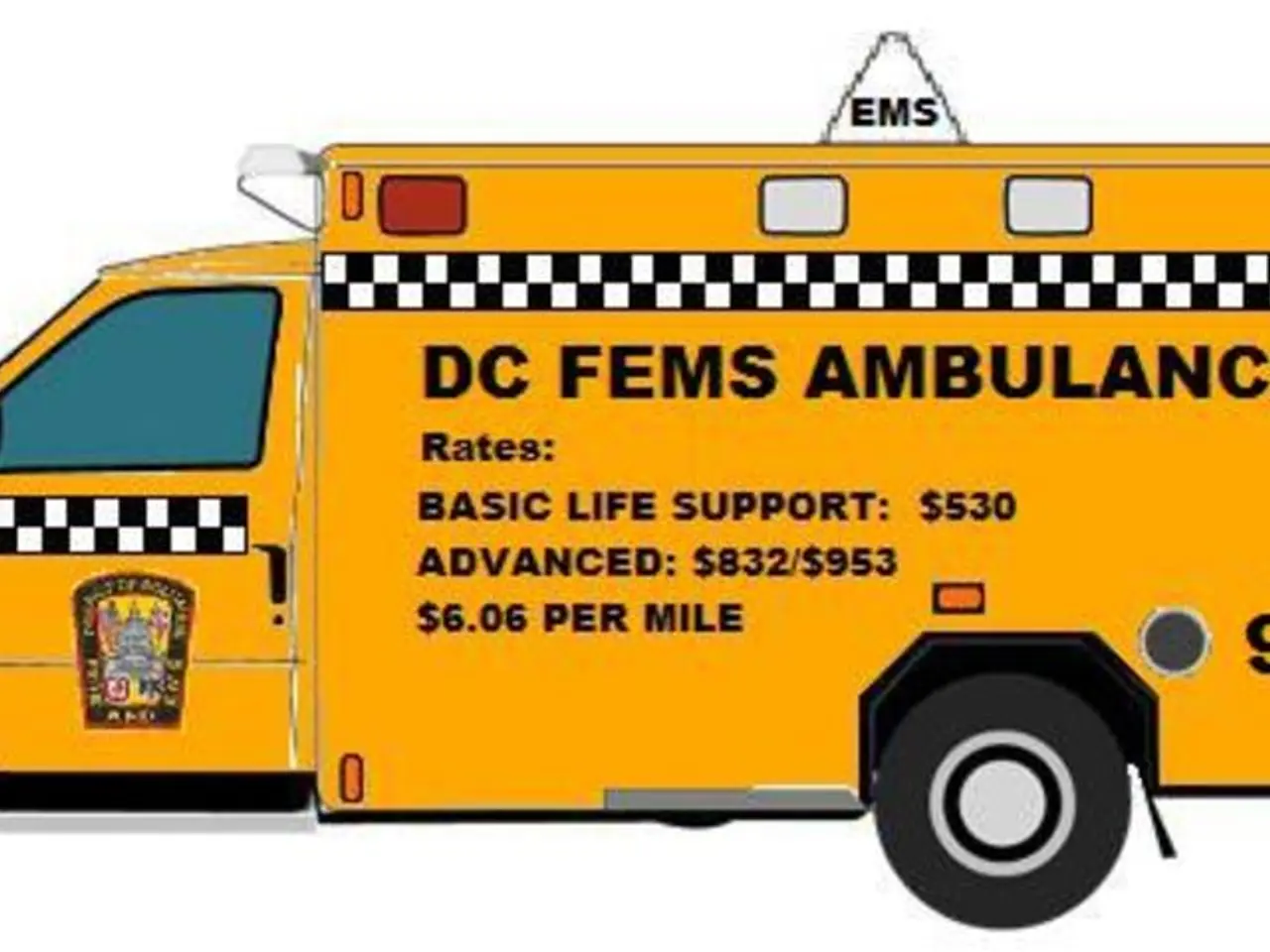Crisis Management Strategies for Scenarios Involving Work at Elevated Levels
In the realm of workplace safety, emergency response planning takes on a critical importance when tasks are performed at elevated heights. A comprehensive and well-executed plan can mean the difference between a managed incident and a catastrophe.
The foundations of such a plan lie in organizational commitment and clear leadership roles. With the full support of organizational leadership, resources are ensured, and compliance is maintained. Specific roles for rescue team leaders and members should be assigned and practiced regularly, ensuring a swift and coordinated response in an emergency.
Preparation and inspection of equipment are the next crucial steps. All fall protection and rescue gear must be thoroughly prepared and inspected before work to ensure reliability in an emergency. This includes personal fall arrest systems and rescue equipment, aimed at preventing suspension trauma or other complications.
Hazard identification and control are equally important. Prior to work at heights, all hazards should be thoroughly identified and controlled to minimize risk. The emergency response plan should address all potential hazards associated with working at elevated levels, including fall risks and environmental dangers.
Clear emergency procedures are essential. These should outline specific steps such as summoning medical assistance, rescue operations tailored to working at heights, and clearly marked and communicated evacuation routes and assembly points. These procedures should be simple, clear, and well-documented to ensure a quick response in an emergency.
Effective communication systems and coordination protocols must be established to maintain contact among workers and rescue personnel during incidents. Designating a competent person to oversee safety and coordinate the emergency response is essential.
Regular training and drills are vital to reinforce emergency procedures, equipment use, and evacuation protocols. These drills ensure everyone is familiar with their roles and can respond promptly and correctly.
The plan should also include resource management and recovery planning. This includes the allocation of emergency resources, such as personnel availability, equipment, and budget reserves. Additionally, it must address post-emergency recovery to restore safe conditions and resume normal operations swiftly.
In summary, an effective emergency response plan for work at heights hinges on organizational commitment, meticulous preparation of equipment, clear and practiced rescue procedures, hazard control, robust communication, and continuous training. These measures are essential to ensure worker safety when accidents occur at elevated levels.
Comprehensive working at height training is essential for all employees involved in tasks at elevated heights. Emergency response plans for work at height should address unique risks and challenges. Developing clear and concise emergency procedures specific to working at height situations is crucial.
Establishing robust communication systems for timely and effective communication during emergencies is equally important. Adverse weather conditions can exacerbate the risks associated with working at height, making it essential to implement effective emergency response plans tailored to these situations.
Providing access to appropriate rescue equipment, such as fall arrest systems, harnesses, and self-rescue devices, is also key. Assessing the likelihood and severity of each hazard to prioritize mitigation efforts is a proactive measure necessary to address emergencies in environments where work is done at height.
Conducting regular mock drills and scenario-based training exercises to test the effectiveness of emergency response procedures is another essential step. Conducting a thorough risk assessment is the first step in developing an effective emergency response plan for work at height.
Emergency response planning should be integrated into the overall safety culture of the organization, emphasizing vigilance, communication, and teamwork. In emergency situations where work is done at height, a swift and coordinated response is essential. Medical emergencies can occur in workplaces where work is done at height, making emergency response planning all the more crucial.
In workplaces where employees perform tasks at elevated heights, implementing effective emergency response plans is not an option, but a necessity. Falls from height are among the most common causes of workplace fatalities, underscoring the importance of proactive measures to address emergencies in these environments. Incorporating emergency response training into existing working at height programs can help ensure the safety and well-being of all employees. These emergency response plans should minimise the impact of emergencies, ensuring a safer and more secure workplace for all.
- To minimize risks in the workplace and enhance overall health and wellness, the integration of fitness-and-exercise activities, especially in workplaces where tasks are performed at elevated heights, can help strengthen employees' physical capabilities and speed up responses during emergencies.
- In the realm of health-and-wellness and workplace-wellness initiatives, proactive workplace safety measures, such as comprehensive emergency response planning, are crucial in promoting science-based strategies for maintaining a safe and secure environment, thus fostering the overall well-being of employees.




